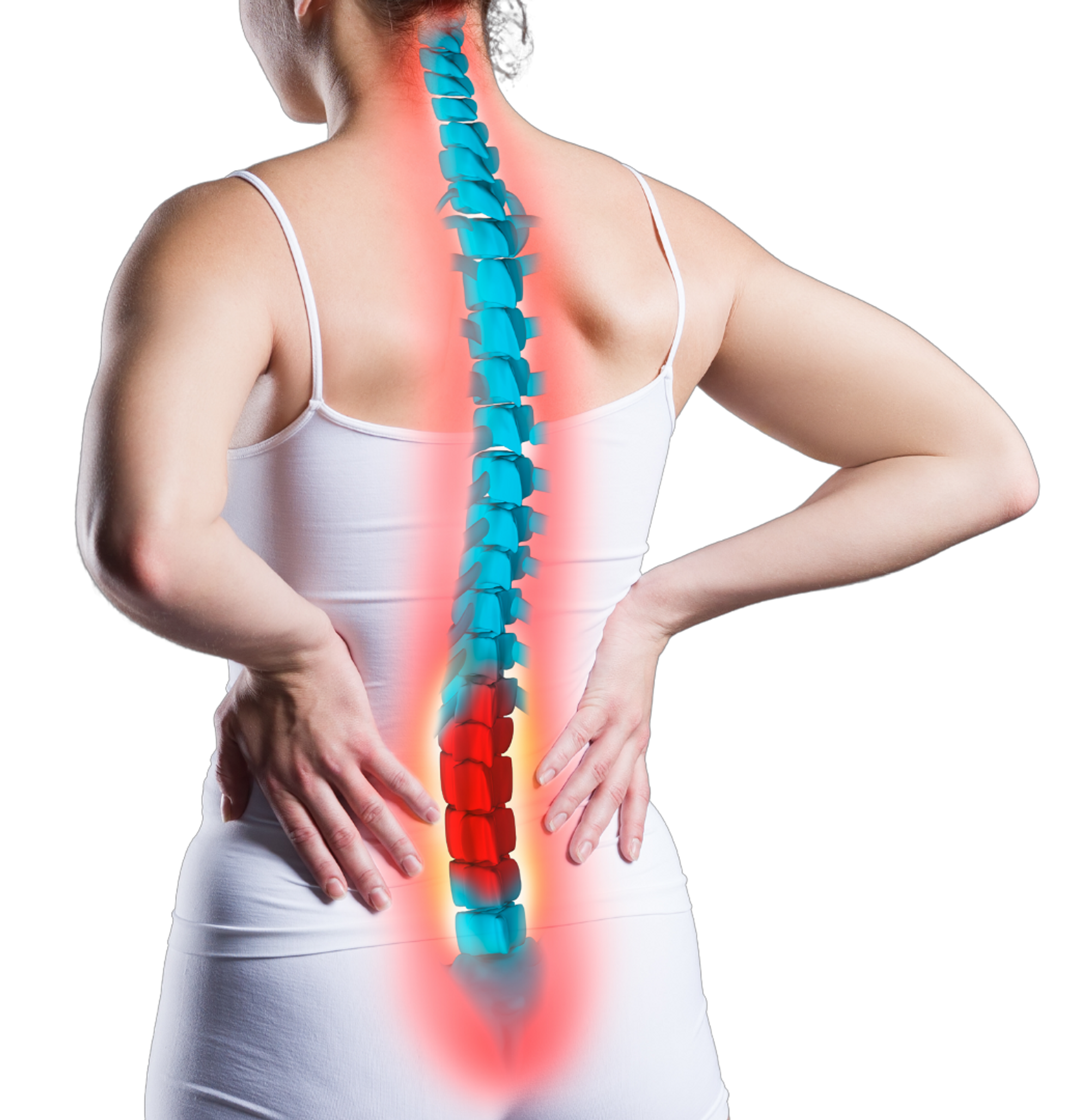Ankylosing Spondylitis
About Ankylosing Spondylitis
Ankylosing spondylitis is a type of arthritis that results in chronic (long-term) inflammation of the spine. The sacroiliac joints, which are situated between the base of the spine and the pelvis, are inflamed by ankylosing spondylitis (AS). One of the first indications of AS is this inflammation, known medically as sacroiliitis. The joints between the vertebrae, the bones that make up the spinal column, are frequently affected by inflammation.

What Causes Ankylosing Spondylitis?
Ankylosing spondylitishas no known specific cause but it affects 95% of people with a variation of the human leukocyte antigen-B gene (HLA-B).Mutations in this gene produce a protein called HLA-B27 that increases the risk of disease. The majority of HLA-B gene mutation carriers, however, do not get AS. In actuality, 80% of children who inherits the gene from an AS parent do not go on to have the condition. The illness has been connected to more than 60 genes.
Your risk may also be higher if you have an autoimmune disease or one of these conditions:
- Psoriasis
- Chron’s disease
- Ulcerative colitis
Symptoms Of Ankylosing Spondylitis
Pain and stiffness
Pain and stiffness in the lower back, hip, joints and neckmay be persistent or mild.
Other Symptoms
Other symptoms include fatigue,difficulty in breathing, loss of appetite, abdominal pain, diarrhea, skin rash and vision problems.
A Message About Ankylosing Spondylitis
Ankylosing Spondylitis is a progressive disease. It falls within the autoimmune disease family. Due to the activation of the HLAB27 gene, the immune system has been sensitized. Once the immune system has been activated, it will cause spontaneous erosion or destruction of the spinal joints involving sacroiliac joints and spinal joints. This will result in pain and stiffness in the spinal column. The end result will be a stiff spinal column, losing its suppleness and incapable of bending or rotation.
Once diagnosed, it is a long-term follow-up to reduce the end result of joint destruction and spinal rigidity. The treatment will include immune-modulating medications including steroids and biologics agents.
Diagnosing Ankylosing Spondylitis
Here at Singapore Paincare, our team of experienced primary care doctors, pain care specialists, anda rheumatologist will evaluate your condition. Although there is no definitive test for diagnosing ankylosing spondylitis, an MRI and/or blood test may be requested to help guide the diagnosis.
What Treatments Are Available for Ankylosing Spondylitis?
At Singapore Paincare, we strive to treat your pain with the least invasive option possible after accurately identifying the cause. Our approach to pain resolution focuses on the removal of pain generators via specialised injection and minimally invasive procedures. Combined with pharmacological treatments and cognitive and physical rehabilitative therapies, we help patients improve their functionality and prevent pain from recurring.
Non-Surgical Treatment forAnkylosing Spondylitis
Non-Steroidal Anti-Inflammatory drugs
Coreflex Injection
Pharmacotherapy
Physical Therapy
Surgical Treatment for Ankylosing Spondylitis
Non-surgical treatment has been effective for the majority of AS cases, surgery is rarely required unless the pain does not respond well to conservative options. As surgery always comes with associated risks, complications and downtime, it may not be suitable for everyone. You should carefully weigh the decision before deciding to go under the knife by considering the pros and cons of both non-surgical methods and surgical reconstruction.
Kyphoplasty
Kyphoplasty is a minimally invasive procedure that is performed under general or local anaesthesia to correct a curved spine or treat painful compression fractures in the spine.
How Can I Prevent Ankylosing Spondylitis?
There is no known cause of ankylosing spondylitis, so it is impossible to prevent it.
Get Your Pain Resolved
Send your enquiries or consult our pain experts today.


